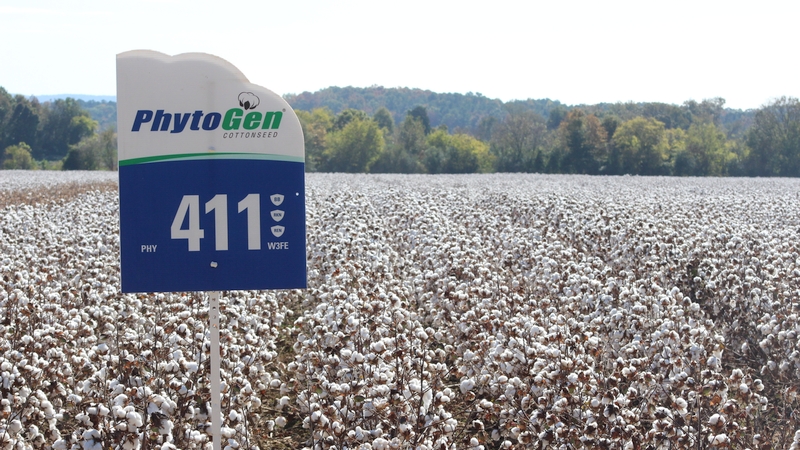How Fiber Quality Became So Valuable
From Cotton Grower Magazine – August/September 2016
American cotton farmers have been extremely fortunate with respect to the advancements made in fiber quality they’ve enjoyed in recent years. Seed companies have placed an added emphasis on producing varieties that not only yield well, but also demonstrate superior strength, length and staple.
And these improvements have come at a time when fiber quality was becoming notably more valuable to the world market. That was no accident. As Dean Etheridge, from the Fiber and Biopolymer Institute of Texas Tech pointed out, the rise of fiber quality that saved demand for U.S. cotton was the result of fundamental shifts in the global textile industry.
“Fiber quality has taken on a profile that it’s never had before,” Etheridge says, explaining that cotton has two different demand points – the consumer and the manufacturer. The latter has played a major role in the rise of fiber quality.
It’s difficult to overstate the impact China has had on this development. The ratification of the WTO in 1995, and the accession of China to full membership in 2001 have created a massive shift in global textile manufacturing.
“Since that time, China has increased its textile manufacturing capacity – its yarn spinning capacity – by 97%,” says Etheridge. “As of 2013, the Asian subcontinent accounted for 86% of total spinning capacity in the world. And all the rest of the world had only 14%.”
Etheridge notes that during the same timeframe, U.S. consumption of its own textile manufacturing went from an average level of 11 million bales, to an average of 3.5 million bales – “a collapse.” Compounding matters is China’s skyrocketing production of polyester. Since joining the WTO, Chinese production capacity of polyester has grown to roughly 70% of the global total. China alone now produces roughly one third more polyester annually than the entire world produces in cotton.
“As a result, polyester has become the cheapest fiber in the world,” says Etheridge.
A saving grace for U.S. cotton is that global mills, unlike U.S. mills, operate with ring spinning technology, which requires complex fiber qualities. America stands as one of the few places in the world that can provide such quality.
“We basically had to do it, and we did it just in time,” Etheridge says of U.S. farming’s advancements in fiber quality. “And we’ve been able to stay competitive in an export market as a result. The rest of the world wants fibers that are good for ring spinning.”








